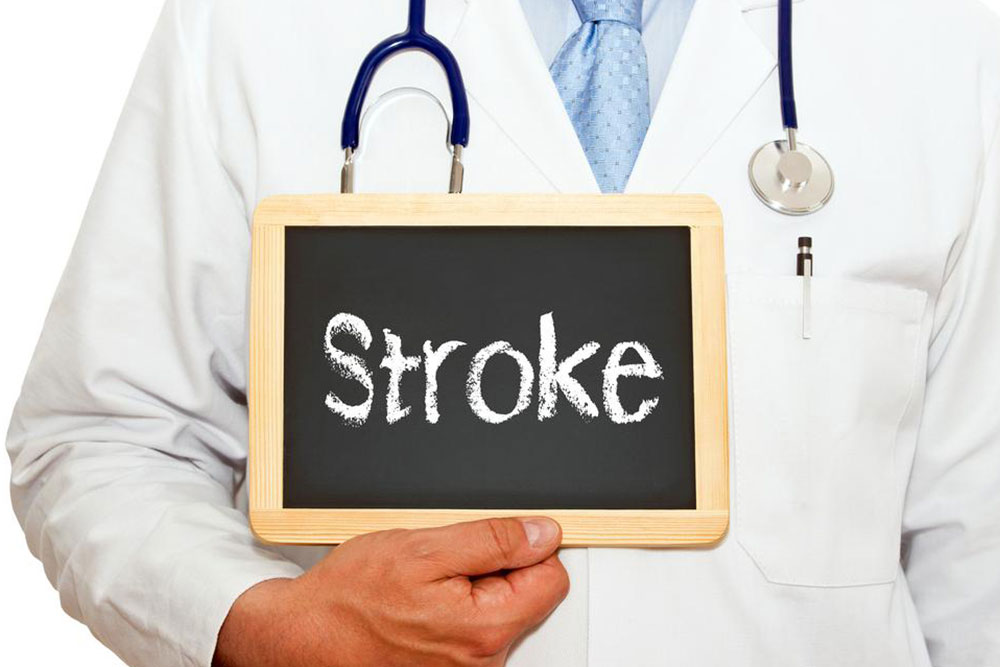Understanding Shingles: Symptoms and Causes
This article explains the symptoms and causes of shingles, emphasizing the importance of early detection. It details how the varicella-zoster virus reactivates after chickenpox, especially in older or immunocompromised individuals. Recognizing early signs like pain, rash, and sensitivity can lead to prompt treatment, preventing complications. The piece highlights the need for awareness and timely medical consultation for those at risk.

Shingles, also known as herpes zoster, is a viral infection characterized by painful skin blisters. It often begins with a distinct streak of blisters across the torso but can appear anywhere on the body. This condition shares similarities with chickenpox since both are caused by the varicella-zoster virus. Early symptoms typically include localized pain, tingling, sensitivity, and burning sensations, often on one side of the body. Additional signs may include rashes, itching, fever, fatigue, headache, and light sensitivity. Recognizing these early indicators is vital for prompt medical intervention.
Although the exact trigger of shingles remains uncertain, it results from the reactivation of the dormant varicella-zoster virus, which remains in the nerve tissues after chickenpox recovery. Factors like a weakened immune system can increase the risk of reactivation. Individuals with a history of chickenpox, especially older adults or those with compromised immunity, should be alert to potential shingles symptoms for early treatment.
Disclaimer: Our articles aim to provide helpful and accurate information across various health topics. However, they should not replace professional medical advice. The content is for informational purposes only, and users are encouraged to consult healthcare providers for diagnosis and treatment options.










